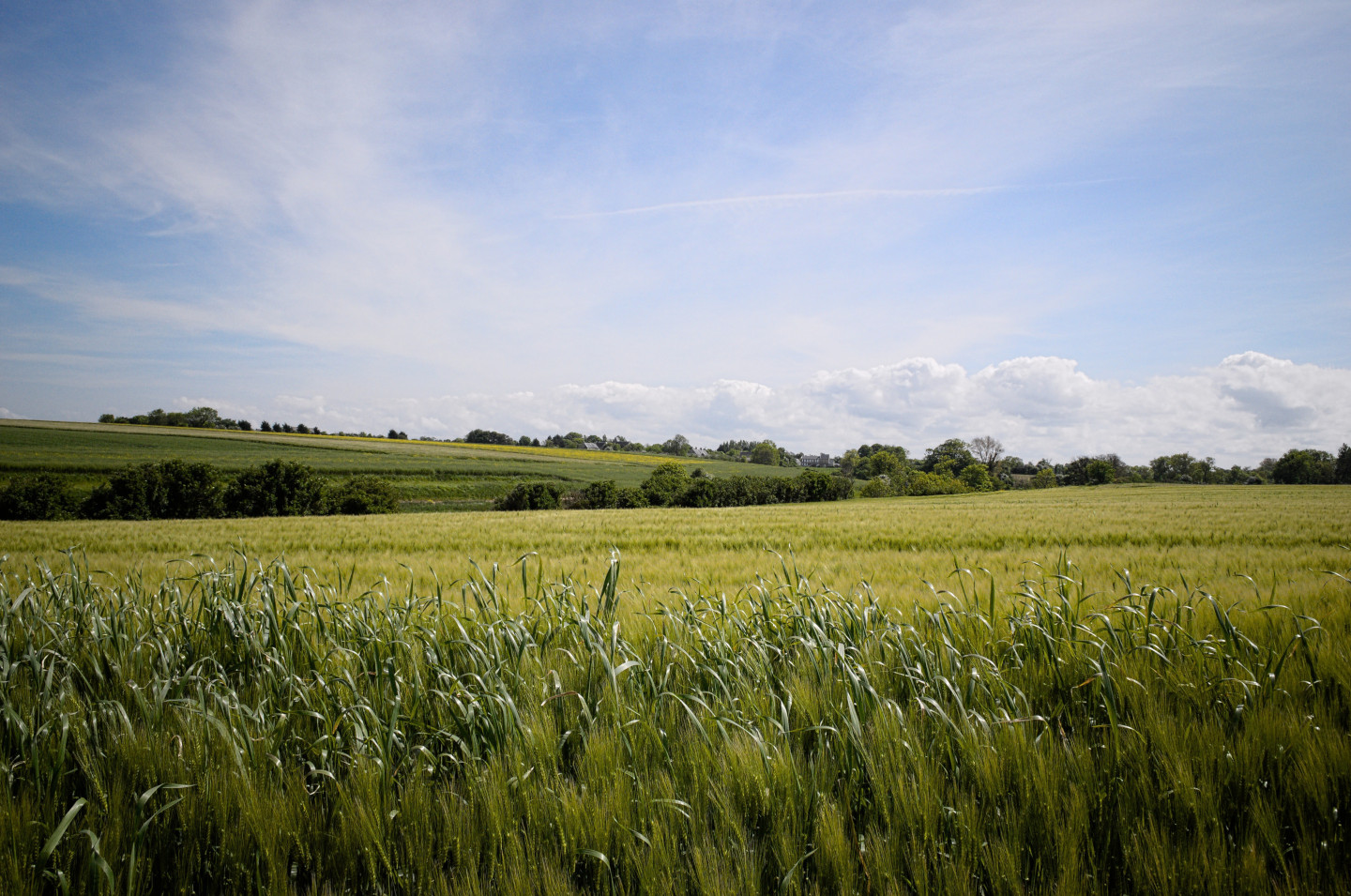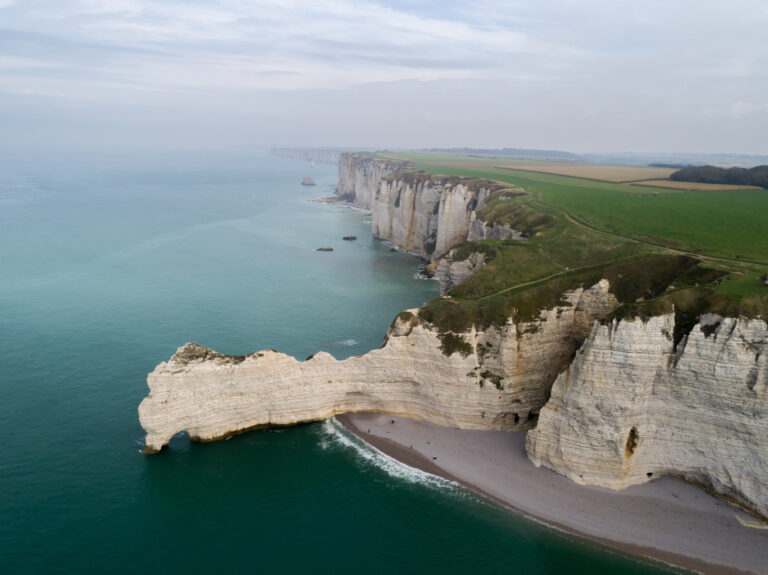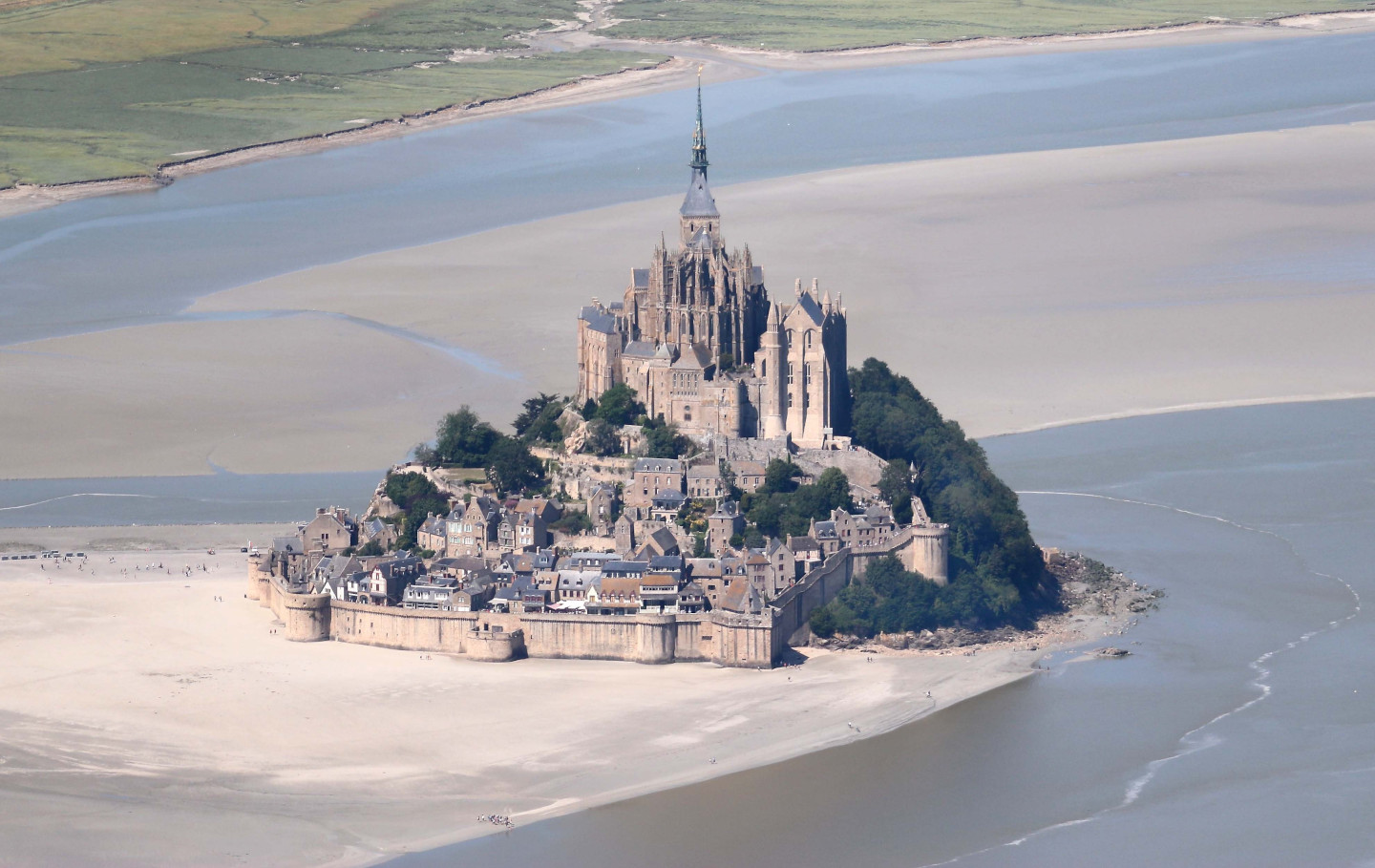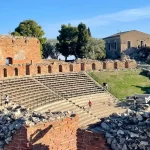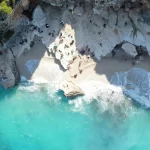Normandy: the Canadian Sector
3 Day
Europe
Tour Overview
- Roundtrip Airport
- Transfers throughout the program.
- Transfers to the excursions.
- 6nts Accommodation including Breakfast.
- Excursions as outlined in the program.
- Private transport from Hito Cajon to Uyuni.
- Catamaran sailing in La Paz.
- Meals s per the itinerary.
- Permanent assistance in each destination.
- Raincoats and boots in Uyuni in rainy season.
- International or domestic airfare.
- Services and non-mentioned meals / drinks in the itinerary.
- Early check-in, late check-out, and hotel extra
- Personal expenses.
- Tips for guides and hotel staff.
An English-speaking driver will pick you up in Paris at 8am then transfer you to Vimy Ridge. In the visitor center of Vimy memorial, there is a group guided tour to visit the trenches. It is not possible to have a private guide.
On arrival at the National Vimy Memorial site you will be taken on a guided tour of the Grange tunnel system followed by a guided tour of the preserved Canadian and German trench systems. You will then be given time to visit the excellent visitors centre. The next stop is the iconic Vimy Monument where your guide will explain its history and design details. Before departing we will then have a short visit in one of the two CWGC cemeteries located on site.
After Vimy we then drive to Ypres for a light lunch and then a tour of the significant Canadian battlefield sites around Ypres. Starting at the Monument at Hill 62 we then visit Essex Farm cemetery to hear the story of John McCrae and the In Flanders Fields Poem, we then stop briefly at Mouse trap farm and Kitchener’s wood to hear the story of the first gas attacks and then on to the iconic Brooding Soldier Memorial at Vancouver Corner to pay our respects to the Canadians lost during those first gas attacks. Once finished we have a short drive through the battlefields of Passchendaele to the Crest Farm Memorial and the new Canada Gate Memorial. The tour then concludes at the beautiful Tyne Cot Cemetery, the final resting place of just under 12,000 British and Commonwealth soldiers of the Great War.
A visit to the Menin Gate in Ypres and attendance at the Last Post Ceremony will end the day of the day. The driver will take you to Menin Gate in Ypres to attend the Last Post Ceremony at 8 pm before the dinner.
Drive from Ypres to Bayeux through Dieppe to know more about the raid of Dieppe that took place on August 19th, 1942. Visit of the Canadian Memorial of Dieppe.
In August 1942, Dieppe and its neighbouring coastal towns were the stage for one of the most tragic episodes of the Second World War. Rarely included in history books, to their Canadian brothers forever.
On the night of 18-19 August 1942, some 6,000 soldiers (5,000 Canadians, 1,000 Brits, 50 US Rangers and 15 Free French commandos) were heading for Dieppe aboard 150 ships. Their mission? To destroy the Germans’ coastal defences and select strategic infrastructure. The plan? To attack at night.
Only, they lost the element of surprise when one of the groups bumped into a small German convoy coming down from the North Sea. Not only that, but the offensive was running late and so it was in the light of dawn that the troops landed on a front of five beaches stretching 20 kilometres in length: Berneval, Dieppe, Pourville, Puys and Varengeville.
The German soldiers were ready for them, strategically perched atop the cliffs to defend their positions. The episode which followed was extremely violent and chaotic. The Germans launched continuous salvos and were supported by an air raid by their forces. The net was tightening around the Allies. Churchill’s tanks were not much use to the Allied soldiers, as most of them got stuck in the sand. They would not make it past the beach.
The Allies fought bravely but eventually had to surrender a few hours later. Only a few survivors managed to return to the United Kingdom, compared to the 2,000 Allied soldiers who were taken prisoner. 1,200 men lost their lives. 46 civilians also perished in the attack.
On 1 September, as the Canadian soldiers had sworn to do, they returned to liberate Dieppe to the cheers of the local population. It was the 2nd Canadian Division, that suffered the most losses on that August morning in 1942, which would be given the honour of entering the town first, symbolically taking their revenge.
Multiple decades later, in 2001, the small Italian-made theatre which had witnessed the combat and in which some of the Canadian soldiers had sought sanctuary, would become the site of the memorial to the Dieppe Raid.
Brought to life by a team of volunteers and supported by the town, this site is imbued with a real aura and is a must-see for anyone interested in heritage tourism in Dieppe.
Between the film intermingling the course of the operation with eyewitness accounts, the touching Faces of Memory, portraits of veterans decorating the former stage, and the Memorial Wall, a list of the 1,197 casualties of the raid, no one comes out of the memorial unscathed.
More than 14,000 Canadian soldiers landed or parachuted into France on D-Day. The highlights of the tour are Juno Beach Center, the most comprehensive museum detailing the Canadian operations; Canada house said to be the first house liberated on 6th June; the Canadian cemetery where 2000 Canadian men are buried, Hell’s corner, the furthest point reached by Canadian troops on D-Day, and Ardenne Abbey, the SS headquarters where 27 Canadians were executed by the fanatic Hitler Youth division.
Description
The Ardenne Abbey – The North Nova Scotia Highlanders Memorial – The Sherbrooke Fusiliers Regiment Memorial – Hell’s Corner – Anguerny (part of the ELM line) and its Inukshuk – The Canadian Cemetery in Bény-Reviers –Canada House – The Hotel Graves – Juno Beach Center and its park – Juno Beach.
Explore with your licensed driver-guide the details of Operation Overlord and discover key Canadian D-day sites and the different divisions (Infantry, Airforce, Support) involved in the landing of Juno area.
During this highly personalised tour, your guide will give you some full explanations to better understand what went wrong and what went right for each battlefield site. By the end of your visit, you will understand the strategic choices for the Allied invasion of Normandy and you will feel that you have proudly fulfilled your duty of remembrance by paying tribute to all those young men who sacrificed themselves to save France, Europe and the world.
Your day will start at the Ardenne Abbey built in the 12th century and occupied by the monks until the French revolution. In the 20th century, the place was under the control of a farmer Jacques Vico and became under the German occupation a training camp for the French resistance. A few weeks before D-day, the buildings were occupied by the Hitlerjugend Division (12th SS division). Today a Memorial commemorates a tragic event that happened there with the execution of 27 Canadian soldiers.
On the way you will see two Memorials dedicated to the North Nova Scotia Highlanders and to the Sherbrooke Fusiliers Regiment. One stop will be held to Hell’s corner where the Canadians resist repetitive attacks by the Germans and bombardments for a month until the victory at the Carpiquet aerodrome on July 4. We will stop in Anguerny (Elm line), where the 3 Canadian Regiments (La Chaudière, the Queen’s Own Rifles and the Fort Garry Horse) set up their camp for the night. An inukshuk, a stack of human-shaped stones from the Inuit tradition, symbolizes brotherhood, mutual respect and friendship between people.
To conclude the morning, you will pay tribute to the 2.049 brave and young Canadians who are buried in that small Cemetery in Bény-Reviers before you gather at the Canada House where a memorial has been erected in honour of the Queen’s Own Rifles Regiment and the Fort Garry Horse Armoured Division who paid a heavy price in the assault. Not far away, you will see the Hotel Graves, the headquarters for the Canadian and British War correspondents.
After lunch break , your private driver-guide will share the highlights of Juno sector as you head to Juno Beach Centre, its park and the landing beaches where the Regina and all Canadian Scottish regiments landed. Juno Beach Center presents the story of a new nation, the civilian war effort of the entire population, the early involvement of the country to help England to fight the Nazis as well as the various Canadian campaigns through Europe and even Asia. A walk around the park and see some remains of the Atlantic wall (strongpoints, Tobruk, command post …), a Churchill AVRE tank (Armoured Vehicle Royal Engineers), armed with a 290mm gun used to destroy enemy fortifications. On June 6, 1944, “One Charlie” got stuck in the mud 100 m from the shore and remained there until 1977 when it was excavated, restored and offered on display. Close to the tank, you can’t miss the Cosy’s Pillbox, easily recognisable by its tilt, which was the site of fierce fighting on 6th June 1944. Juno sector is the place who received the Prime Minister Churchill, the first steps of Charles de Gaulle since his exile in England and King of England. That is why today is erected a huge silver Lorraine French resistance cross to mark to return of Charles de Gaulle in France.
The day ends with your drive back to Paris.


